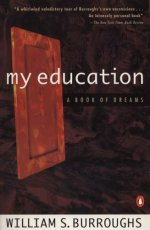Abstract
This article argues that rapid eye movement (REM) dreaming is elaborative encoding for episodic memories. Elaborative encoding in REM can, at least partially, be understood through ancient art of memory (AAOM) principles: visualization, bizarre association, organization, narration, embodiment, and location. These principles render recent memories more distinctive through novel and meaningful association with emotionally salient, remote memories. The AAOM optimizes memory performance, suggesting that its principles may predict aspects of how episodic memory is configured in the brain. Integration and segregation are fundamental organizing principles in the cerebral cortex. Episodic memory networks interconnect profusely within the cortex, creating omnidirectional "landmark" junctions. Memories may be integrated at junctions but segregated along connecting network paths that meet at junctions. Episodic junctions may be instantiated during non-rapid eye movement (NREM) sleep after hippocampal associational function during REM dreams. Hippocampal association involves relating, binding, and integrating episodic memories into a mnemonic compositional whole. This often bizarre, composite image has not been present to the senses; it is not "real" because it hyperassociates several memories. During REM sleep, on the phenomenological level, this composite image is experienced as a dream scene. A dream scene may be instantiated as omnidirectional neocortical junction and retained by the hippocampus as an index. On episodic memory retrieval, an external stimulus (or an internal representation) is matched by the hippocampus against its indices. One or more indices then reference the relevant neocortical junctions from which episodic memories can be retrieved. Episodic junctions reach a processing (rather than conscious) level during normal wake to enable retrieval. If this hypothesis is correct, the stuff of dreams is the stuff of memory.


